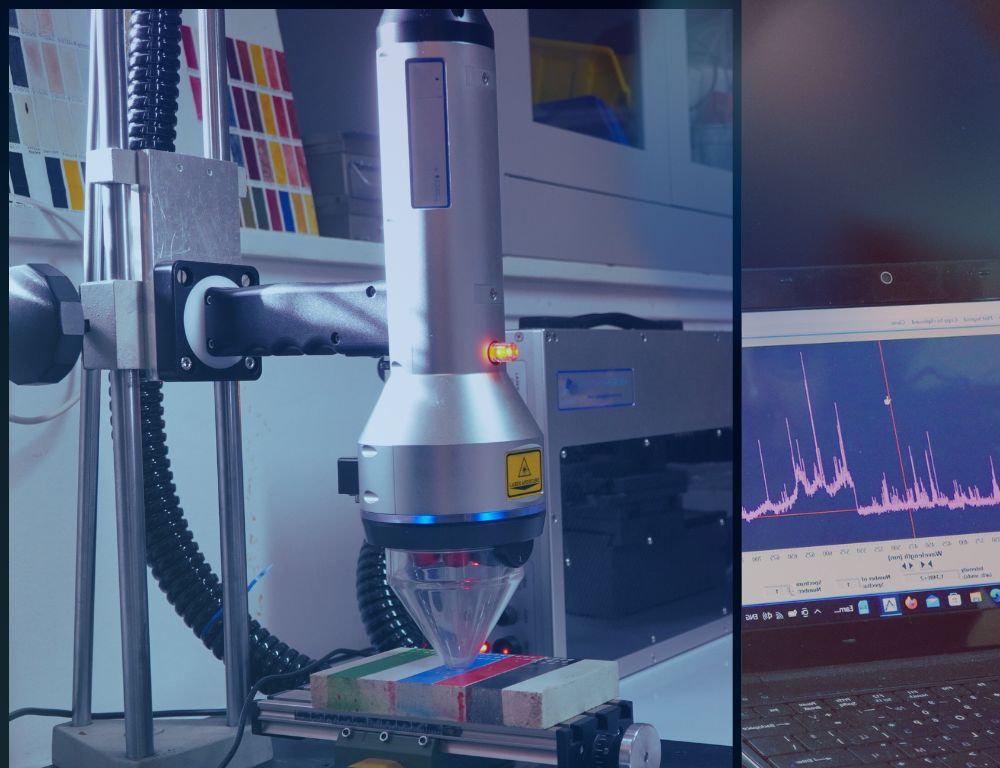1. Quantum Optics
Theoretical studies are conducted on composite pulses and new techniques for quantum control. The aim is to develop methods for improving quantum gates and implementing quantum sensors in various physical systems. Approaches are being developed to enhance existing quantum control techniques.
- Quantum-Optical Analogies
Models for the control of atoms and molecules are studied with the goal of application in optical technologies. Composite and adiabatic methods are developed for creating new devices with improved characteristics – retarders, filters, rotators, optical isolators. These devices are applicable in polarization-based measurement techniques and telecommunications.
- Coherent Control of Quantum States
Work is underway to restore an experimental setup for cooling rubidium atoms in a magneto-optical trap (MOT). Methods are being developed for controlling quantum states in such an environment. Objectives include both experimental validation of theoretical techniques and student training. The system is being restored in collaboration with the Metal Vapor Lasers Laboratory and the Faculty of Physics at Sofia University "St. Kliment Ohridski".
2. Analytical Atomic and Molecular Spectroscopy
The following methods are used: laser-induced breakdown spectroscopy (LIBS) and Fourier-transform infrared spectroscopy (FTIR).
Objects of study:
- Ceramics and plasters. The analyses provide information about the elemental and mineral composition, the firing temperature of ceramic vessels, and manufacturing techniques.
- Pigments. Mineral pigments and elements in the decorations of various archaeological artifacts are identified.
- Glass. By detecting different metal oxides, the colorants used in glass are determined.
- Metals and metal alloys (gold, silver, bronze, etc.). The analysis reveals the elemental composition, providing insights into mechanical properties, production technologies, function, and origin of the objects.
- Laser Cleaning and Conservation
Research and application of laser cleaning are carried out for: Archaeological artifacts, Organic contaminants: paints, dyes, and others
The work is conducted in close cooperation with the National Institute of Archaeology with Museum – BAS.
3. Plasma Physics, Plasma and Spectral Sources
- Development and Study of New Plasma and Spectral Sources
- Elemental Layer-by-Layer Depth Profiling of Multilayer Structures
The analytical characteristics of two combined sources are developed and studied:
- Laser ablation combined with spark discharge at atmospheric pressure
- Laser ablation combined with glow discharge in a hollow cathode at low pressure
Additional excitation of the material increases sensitivity and improves depth resolution. Time-resolved recording of emission spectra is performed, along with analysis of the dynamics and interaction between laser ablation and excitation in the discharge. An emission spectral source is being developed, combining laser vaporization with other excitation methods for the purpose of elemental analysis.
4. Theoretical and Experimental Solutions to Key Problems in Quantum Optics and the Control of Multilevel Quantum Systems
